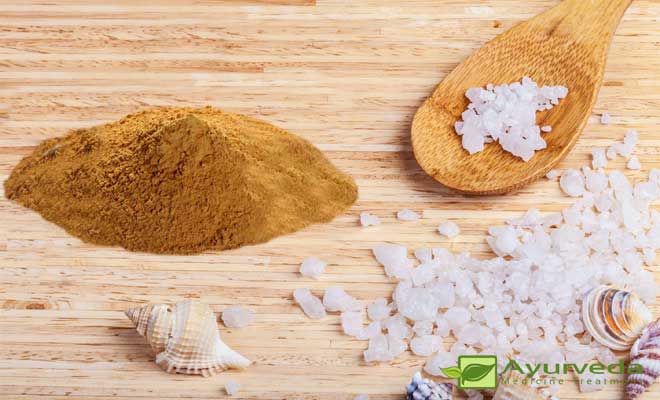
Use of Metallic Medicines
India has a rich history of what is today known as streams of ‘Alternative medicine‘ of which Ayurveda is one. Since the Vedic age, various metallic substances have been in wide use in the preparation of medicines. Along with these metallic substances, these alternative medicine streams have been using jewels, gems and also minerals.
This Ayurvedic treatment of using metallic elements with plant and animal products yield far more satisfactory results than many other medicinal therapies. Hence, Ayurveda therapy is also called Daivi Chikitsa which in English means ‘Heavenly treatment’.
Ayurveda has proven track records of curing such disorders that in conventional treatment calls for surgeries.
Buddhist Studies
Extensive seminary studies were carried out by the Buddhist mendicants on the use of such substances in drug preparation. The natural consequences of such researches were tomes composed by these researchers.
Processing Required
In Ayurveda, processing of the metals is absolutely mandatory to make them absorbable by the human body.
Take for example ‘arsenic’, lead and ‘mercury’. These three metals are poisonous.
On the other hand, the blood stream cannot absorb certain other metallic substances straight from the intestines. To prepare these metallic elements for use in the Ayurvedic scheme of medications, they are processed.
While carrying out the processing steps, the following points are taken as yardsticks:
1. To make the items easily absorbable and totally non-toxic;
2. Increase their therapeutic efficacy so that even a small dose is effective;
3. Make their therapeutic effects broad-based; and
4. Increase their palatability.
Processing Levels
There are four processing levels in Ayurveda. Different metals (including gems, jewels and minerals) require different methods of the processing levels. The levels are ‘Shodhana’ (purification); followed by ‘Marana’ (‘heating’); ‘Amritikarna’ (transformation into ambrosia); and Bhasma (the actual and the finished powdered state). Let’s analyze the stages in detail:
Shodhana: The purification (shodhana) stage makes the metallic molecules are broken up and made non-toxic. The basic purification process is boiling. Then the metallic substances are mixed with various herbs and animal products. In short, the inorganic metal is metamorphosed into an organic compound
Marana: The primary process of ‘Marana’ is heating. There are several stages in the ‘Marana’ level. First, the metal(s) mixed with plant and animal products is heated till the mixture becomes a complete whole. Then, the compound is finely powdered.
Amritikarna: This is the crucial stage when the powdered compound gets metamorphosed into a therapeutic medication. It becomes manna (ambrosia) from heaven.
Bhasma: During this processing level, examinations are carried out to ensure that the powdered finished product is safe, useful and absolutely non-toxic.
Characteristics of Bhasma
Small doses of Bhasma are therapeutically quite effective. Bhasma not only cures ailments but also rejuvenates the body. It also promotes all-round well-being of the person consuming the potion.
There are three cardinal principles as to why the Ayurvedic recipes recommend the use of Bhasma (prepared in combination with animal and vegetable products). They are:
1. Apparently incurable, chronic and obstinate ailments respond positively to Bhasma;
2. The diseases are cured fast and permanently;
3. They are made palatable; and
4. Small doses are as effective as the large doses of other medicines.







Leave a Reply